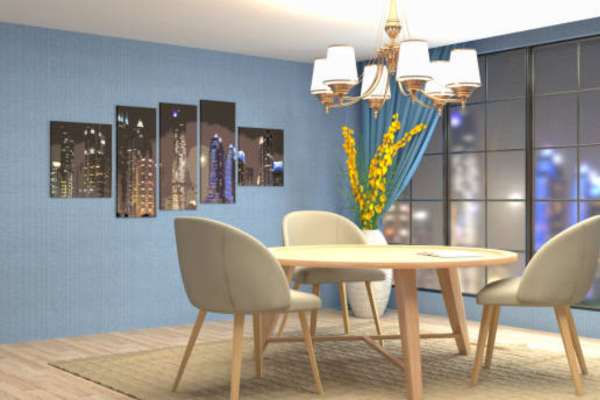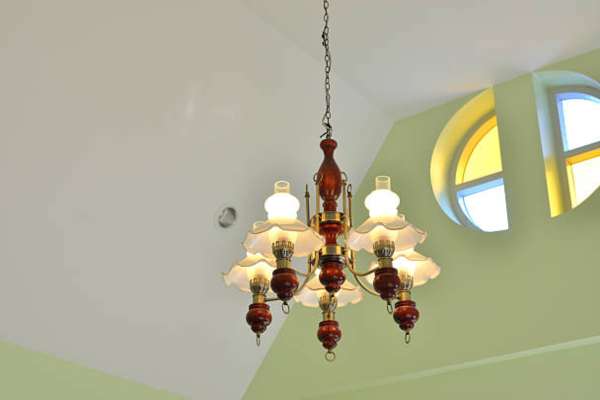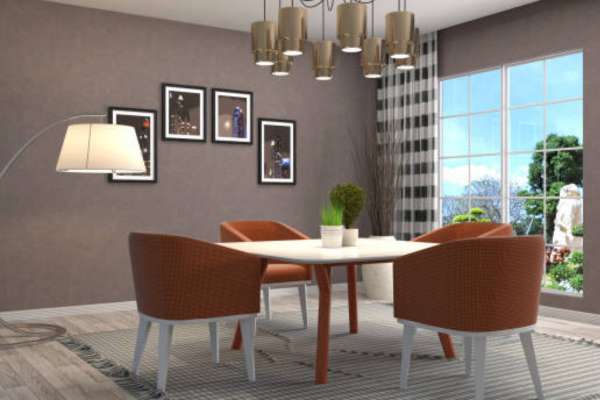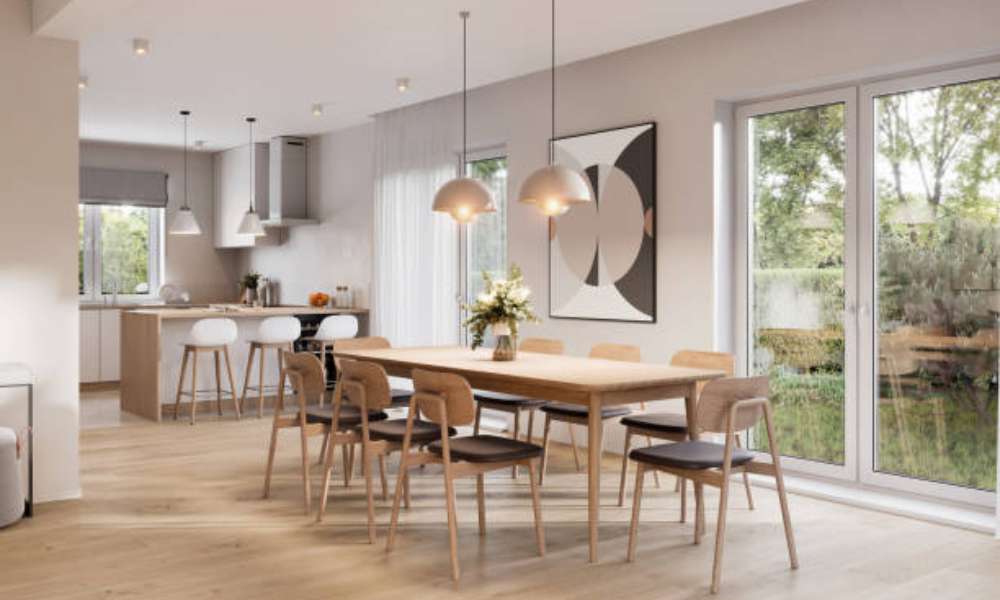The right lighting can transform your dining room, creating a cozy ambiance for family dinners or an elegant setting for entertaining guests. But when it comes to placing your dining room light, one question often stumps homeowners: How high to hang dining room light fixtures Hanging your light at the correct height ensures functionality, enhances aesthetics, and balances your space. In this post, we’ll demystify the ideal height for your dining room light, share expert tips for achieving the perfect look, and provide insights to suit various table styles and ceiling heights. Let’s illuminate your space the right way.
Understanding Dining Room Light Heights

Dining room lighting isn’t just about aesthetics—it’s about balance. The height at which a light fixture hangs can influence not only the look of the room but also the mood it evokes. A fixture hung too low may feel overbearing, while one placed too high can create inadequate lighting. Striking the right balance requires careful consideration of spatial dynamics, furniture placement, and personal preferences.
The Ideal Height For Hanging Dining Room Lights

The golden rule for hanging dining room lights is to position the fixture 30 to 36 inches above the surface of the dining table. This range ensures the light is low enough to provide ample illumination but high enough to Hang Dining Room Light avoid obstructing views across the table. The specific height may vary depending on the room’s overall proportions and the size of the table.
Standard Guidelines For Hanging Dining Room Light Fixtures

hanging dining room light fixtures, follow a few key guidelines for an elegant and functional setup. Maintain a height of 30–36 inches between the tabletop and the fixture’s bottom for standard 8–9 foot ceilings. For higher ceilings, add 3 inches per extra foot to preserve proportionality. The fixture’s diameter should be about two-thirds the table’s width to ensure balance. Always center the lamp over the table for even illumination and a polished aesthetic.
Factors To Consider When Determining Height
Several factors influence the ideal height for a dining room light:
- Ceiling Height: High ceilings demand higher placement to maintain proportion.
- Table Dimensions: Wider or longer tables may benefit from slightly higher fixtures to ensure even light distribution.
- Fixture Style: Contemporary pendant lights versus ornate chandeliers can dictate different height requirements.
- Personal Aesthetics: Ultimately, the desired ambiance and style should guide your decision.
Using A Tape Measure For Precise Placement

Precision is paramount when hanging a light fixture. Use a tape measure to calculate the distance from the table surface to the base of the lamp. This ensures uniformity and avoids the guesswork that can lead to an uneven appearance. Measuring also allows for alignment with surrounding furniture and décor elements.
Fixture Design Adjusting Height For Different Styles
Different fixture styles call for tailored approaches to height adjustment:
Chandeliers: These often feature multiple tiers, requiring careful measurement to avoid a cluttered look.
Pendant Lights: These are versatile but should generally align with the 30–36-inch rule for consistency.
Linear Fixtures: Perfect for long dining tables, these lights need to be hung slightly higher to Hang Dining Room Light spread illumination evenly.
Special Situations and Adjustments
High Ceilings How to Modify the Hanging Height
For ceilings higher than 8 feet, consider adding extension rods or longer chains to maintain proportion. A fixture hung too close to the ceiling may look disconnected from the dining area.
Vaulted Ceilings Adapting to Unique Structures
Vaulted ceilings pose a unique challenge. Swivel mounts or angled adapters can help align fixtures properly while maintaining aesthetic appeal.
Small Dining Rooms Balancing Light and Space
In compact spaces, smaller fixtures or flush-mount designs can be a better choice. Hanging the lamp slightly lower can make the room feel cozier without being cramped.
Tips For Measuring And Adjusting Height
measuring and adjusting the height of your dining room light, precision is essential. Start by measuring from the table surface to the bottom of the fixture, aiming for the ideal range of 30 to 36 inches. Use a tape measure for accuracy and adjust chains or rods incrementally for the perfect balance. Always ensure the fixture is centered over the table for symmetry. Test the lighting effect by sitting at the table to confirm comfort and functionality.
Troubleshooting and FAQs
What if the light feels too bright or harsh?
Ans: Consider adding a dimmer switch to control brightness and create a versatile dining atmosphere.
Can I hang the light lower for dramatic effect?
Ans: While this can work in some cases, ensure it doesn’t impede visibility or create discomfort for diners.
Conclusion
Hanging a dining room mild at the right peak is a subtle yet impactful manner to enhance your area. By adhering to traditional pointers and considering elements like ceiling height, desk dimensions, and fixture fashion, you could acquire a harmonious and practical design. Remember, a well-located lamp fixture now not most effectively illuminates it transforms. With those tips in hand, you’re well-equipped to elevate your dining room right into a space of elegance and warmth.
